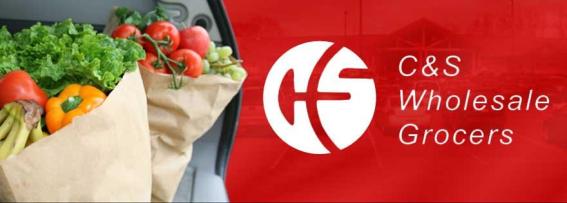Isenberg Students Embrace Innovative Idea Systems
June 27, 2016
“Improve your operations through a proactive idea system; you’ll have better problems to solve,” emphasized Operations Management professor Alan Robinson after a day of plant tours with 30 Isenberg MBA students. That advice underscored Robinson’s commitment to continuous improvement and his advocacy of “bottom-up” idea systems that make the most of insights by workers in the lower strata of a company’s employee pyramid.
During the spring semester, Robinson—the author of 13 books, including The Idea-Driven Organization and Ideas Are Free (Berrett-Koehler)—and his students visited Karl Storz, a state-of-the-art endoscope manufacturer in Charlton, 10 miles southwest of Worcester. They also toured C&S Wholesale Grocers, a sprawling distributor/wholesaler in Hatfield. Karl Storz crafts and refurbishes several types of endoscopes for diagnostics and surgery. C&S sources and distributes fruits, vegetables, meat, and other perishables to Stop & Shop, Big Y, and other retailers.
An Idea System that Propels Innovation
“Alan’s book, Ideas Are Free, is the foundation for our own idea system,” Karl Storz’s Director of Glass Operations and lean production advocate Paul Waterman told the students during their visit. The Charlton plant, which specializes in hand-assembled diagnostic and surgical endoscopes, is transitioning from scopes with fiber-optic to camera-based viewing.

Given those discriminating standards, a “bottom-up” idea system in which every employee takes proactive “ownership” of their ideas and problem solving is critical, he continued. Several years ago, a forerunner to the current system yielded 300 suggestions. Last year, its successor generated 35,000 ideas.
In their tour of the plant, students observed small-team discussions and individuals performing extremely fine-tuned assembly work. Most work stations and counters, they noted, were on wheels for flexible reconfiguration of workflow. Posted green cards with handwritten suggestions were everywhere. The students carried their own cards, which they left behind with suggestions at the end of the tour.
Implementing ideas quickly and with extreme transparency have been keys to success.
Implementing ideas quickly and with extreme transparency have been keys to success, Waterman continued. “We empower our operators as problem solvers by removing much of their need for permission.” For many of their suggestions, immediate action or daily team meetings yield rapid implementation. Difficult judgment calls find their way to parallel meetings with middle and senior management.
“We share all insights, even though full disclosure drives our production folks crazy,” observed Waterman. That, he said, includes transparency with customers, suppliers, and Isenberg students as well, he remarked. Ultimately, he emphasized, the free flow of ideas coupled with a commitment to continuous improvement propel innovation and productivity. “Those positives,” he insisted,” easily outweigh the costs.”
Perpetual Motion
At C&S, students toured cavernous shipping and storage facilities with employees and fast-paced vehicles in constant motion. Scale was immense, including shipment of 1.5 million cases per week. The 467,000 sq. foot facility sported 113 dock doors and 26 banana rooms for ripening fruit.

The students witnessed complex, time-sensitive operations, coordinated and tracked by a digitized command and control system. Nonstop customer demand and limited supply windows drove throughput. So did perishability, seasonality, product purity, and the safety of the company’s headsetted “worker-athletes.”
Following their tour, the students discussed the business with Sr. VP of Produce Albert Grimaldi and Produce Transportation manager Matthew Kosciusko, a 2006 Isenberg Operations Management graduate. They addressed diverse topics, including variable growing cycles, cross contamination of produce, declining fuel prices, and the impact of weather and climate change.
Back on the tour bus, Robinson remarked that C&S would fare better by adopting a broad-based, proactive idea system. “By and large, C&S was reactive, although very, very good at it,” he told the students. “But,” he continued, “they failed to systematically extract ideas from their employees. If I were in charge, I would change that. It would help C&S build capacity to adapt. If they got proactive, they’d be a very different company.”